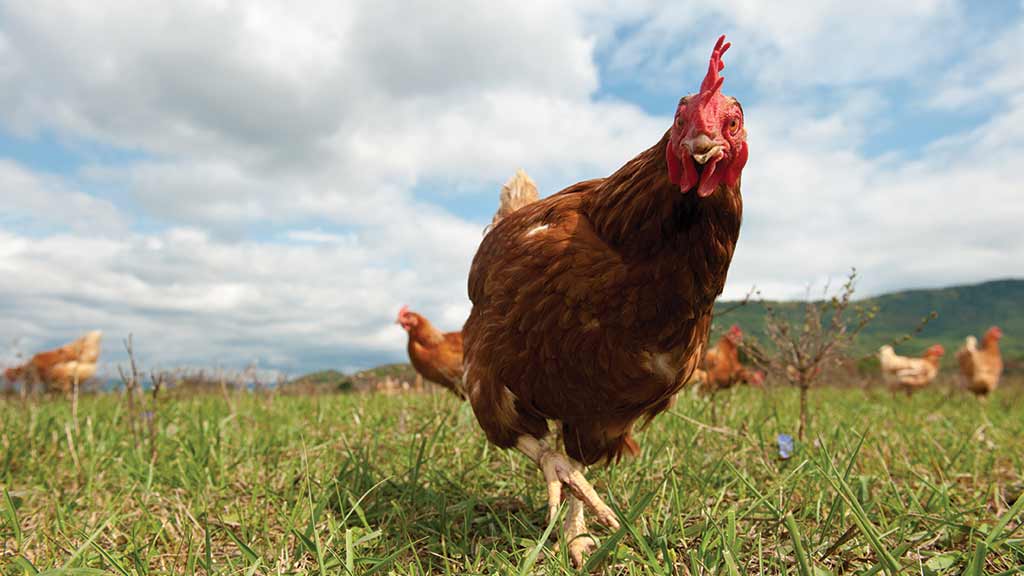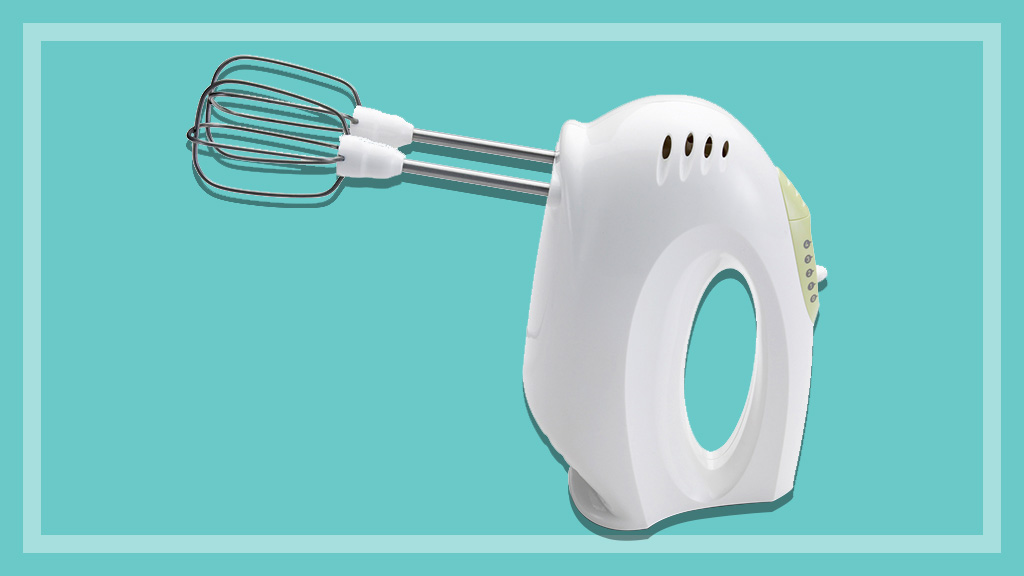Get our independent lab tests, expert reviews and honest advice.
Are your eggs really free range?

Many people want to buy free-range eggs, but what does ‘free-range’ really mean?
On this page:
The short answer is that it depends who you ask. And this means that you may not be getting what they expect when you buy ‘free-range’.
If you’re buying supermarket own-brand ‘free-range’ eggs with the hopes to save a few bucks, you might not realise that Woolworths Select, Coles and Aldi’s Lodge Farm free range eggs have stocking densities of 10,000 hens per hectare – not what we consider true free-range.
Our definition of free-range eggs
Broadly speaking, free-range should mean that hens have easy access to open ranges for at least eight hours a day and sheds where they can feed, roost, lay their eggs and be securely housed at night.
Which is why we’ve adopted as our benchmark the CSIRO Model Code of Practice, which says there should be a maximum of 1500 hens per hectare on an outdoor range, which gives each hen a minimum of 6.6 square metres.
The government standard for ‘free-range’
There are several definitions for free-range, including from industry body Australian Eggs and animal welfare organisations such as the RSPCA and Humane Society International.
In 2017, the government tried to bring some consistency to the term by introducing a free-range egg standard.
But it completely fails consumers. The standard allows producers to pack 10,000 hens into a hectare (which is a minimum of one square metre per bird) with no mandate for hens to actually spend time outdoors. It is also voluntary.
The government’s free-range egg standard completely fails consumers
The standard is entirely in contrast to consumers’ expectations for free-range eggs and the CSIRO’s Model Code of Practice, which says there should be a maximum of 1500 hens per hectare on an outdoor range, which gives each hen a minimum of 6.6 square metres.
It’s the CSIRO’s Model Code of Practice that we’ve adopted as our benchmark.
These are eggs laid by chickens housed in ‘battery cages’, also known as conventional cages. They tend to be wire cages containing four to six hens.
Their lives typically last about 18 months, which is similar across the different types of commercial egg production.
Chickens in the wild can expect to live for three to seven years, and pet chickens even longer, if they’re well cared for.
Battery hens spend their whole lives in these cages, which are artificially lit, and they never see natural sunlight
Battery cages are more cramped, allowing a minimum of 550cm per bird. While there are some benefits to cage egg production, such as lower risks of some diseases and predation (from foxes, for example), they do restrict the hens’ natural behaviour.
The hens don’t generally have access to perches or enough room to stretch their wings, and don’t get to display natural behaviours such as nesting or dust bathing.
They spend their whole lives in these cages, which are artificially lit, and they never see natural sunlight.
Barn eggs and cage-free eggs are the same thing and are an alternative and more humane system for producing eggs.
That said, the term may make you think of a rustic hen house with a few dozen hens contentedly clucking, but that’s not quite the reality – ‘shed laid’ would be a more accurate description.
Like cage eggs the birds are kept inside, but instead of being restricted to small cages they are allowed to wander freely inside larger indoor sheds.
The hens are able to socialise, perch, stretch their wings and express other natural behaviours as they would in a free-range system but without the threat of outdoor predators or exposure to the elements.
However, like with free-range hens in these systems may be more prone to disease, parasites and aggressive behaviours.
Organic and free-range systems are similar, with hens being able to access the outdoors during the day, but housed in secure sheds at night.
The one key difference is that organic eggs are produced without the use of any chemicals. Stocking densities on organic farms also tend to be lower and bird welfare can be higher.
Are all organic eggs free-range?
In theory, yes. But it’s important to clarify what ‘organic’ means in this context.
If eggs are organic, it means they’ve been produced entirely without the use of chemicals. So organic eggs are laid by hens that have been fed only organically grown grain – that is, grain grown without pesticides, herbicides or synthetic fertilisers. These chemicals aren’t used on the pastures the hens occupy either.
Because Australian egg suppliers can’t produce organic eggs in cage or barn systems, all organic eggs should be free-range by definition
Use of antibiotics or vaccines in the hens themselves is allowed only in exceptional circumstances, and the treated hens may be separated from the rest of the flock afterwards.
Because Australian egg suppliers can’t produce organic eggs in cage or barn systems, all organic eggs should be free-range by definition.
But standards for what constitutes both ‘organic’ and ‘free-range’ can vary. So, as ever, it can be hard for consumers to be sure they’re getting exactly what they paid for.
What free-range means for chickens
Animal welfare considerations are among the reasons why people choose to buy free-range eggs. Many consumers believe that ‘free range’ should mean:
- birds spend time outside
- birds have room to move inside and out; and
- farmers adhere to animal welfare practices.
Unfortunately, images of contented, clucking chooks flapping their wings, dust bathing, socialising and roaming around open green pastures aren’t always the reality.
Animal welfare experts, such as RSPCA chief scientist Dr Bidda Jones, believe that chooks suffer stress unless they’re able to satisfy their basic behavioural needs. According to Jones, they need:
- space to stretch and flap their wings
- a secluded nesting place in which to lay their eggs
- facilities that allow them to dust-bathe and forage.
Traditional free-range standards are designed to meet these needs but there’s concern they’re being compromised by large-scale production systems.
Even free-range environments have their drawbacks
But even free-range environments have their drawbacks. The hens may be more prone to such things as disease, illness, aggressive behaviour, parasites and predation in a free range system. This means they may still suffer stress, especially if there isn’t enough outdoor cover and they don’t feel secure.
Beak trimming
Chooks instinctively form small groups in which there’s a social pecking order (a hierarchy). But in overcrowded conditions or very large flocks, these behavioural patterns break down and birds often attack each other. Packs of ‘bully birds’ can form and terrorise the others.
Producers still sometimes trim the hens’ beaks to stop them injuring (or killing) weaker birds. Beak trimming is allowed under the Egg Corp Assured (ECA) scheme and by the RSPCA, but it is prohibited by the Australian Certified Organic standards.
Are free-range eggs fertilised?
No. But then no commercially produced eggs are fertilised, whether they’re laid by hens in cages, barns or free ranges. This is because the hens aren’t exposed to male chickens.
Why do free-range eggs cost more than caged ones?
There are several reasons, which can vary between suppliers, but the main one is higher production costs.
For instance, free-range hens may come into contact with more pathogens, parasites and diseases that call for treatment. More birds could also show aggressive behaviours and be lost to predators, which may result in a lower egg output.
The cost of organic free-range eggs may be even higher due to increased land management costs and lower stocking densities.
You may be happy to pay more for free-range eggs, accepting that it costs more to produce them. But are you happy paying more for free-range eggs that don’t meet your expectations of what free-range should be?
Tips for buying free-range eggs
If you want to ensure that the free-range eggs you buy meet your expectations:
- Do some research on different certification schemes to find one you trust and check for details when shopping.
- Check the packaging or producer websites of the eggs for information about their standards and stocking density.


